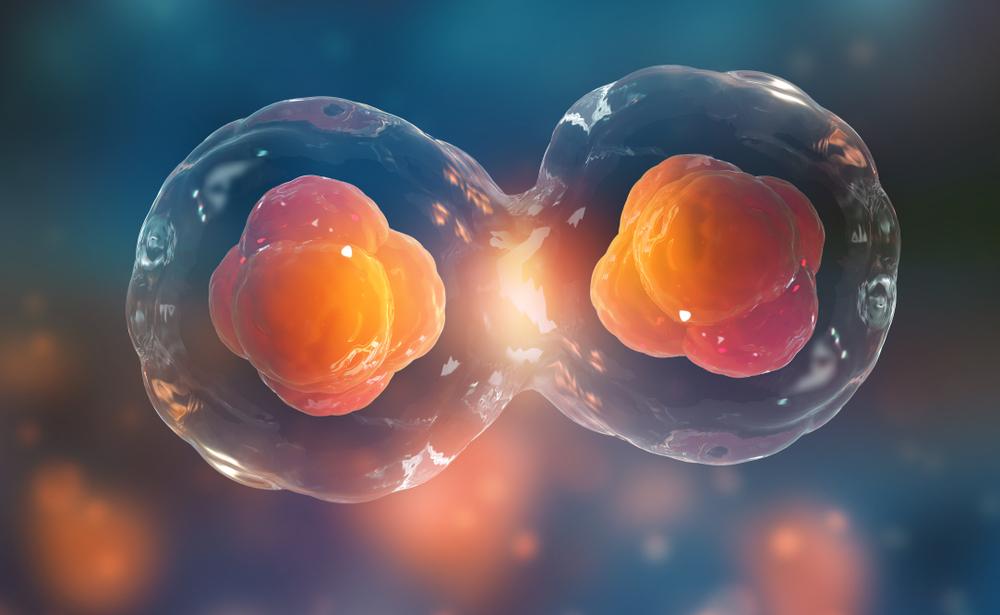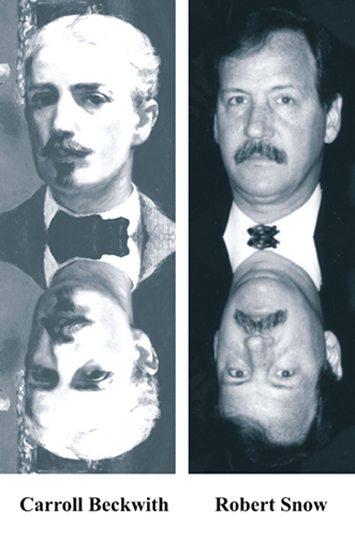“Everything is energy and that’s all there is to it. Match the frequency of the reality you want and you cannot help but get that reality. It can be no other way. This is not philosophy. This is physics.”
—Albert Einstein
Not just once or twice, but in numerous conversations all of us have experienced another person finishing our sentence in the exact same words we were thinking of. Or someone suggesting the same idea that popped in our minds as well. So does that mean we are commonly surrounded by mind readers, or is there another, slightly more convincing explanation to this phenomena?






